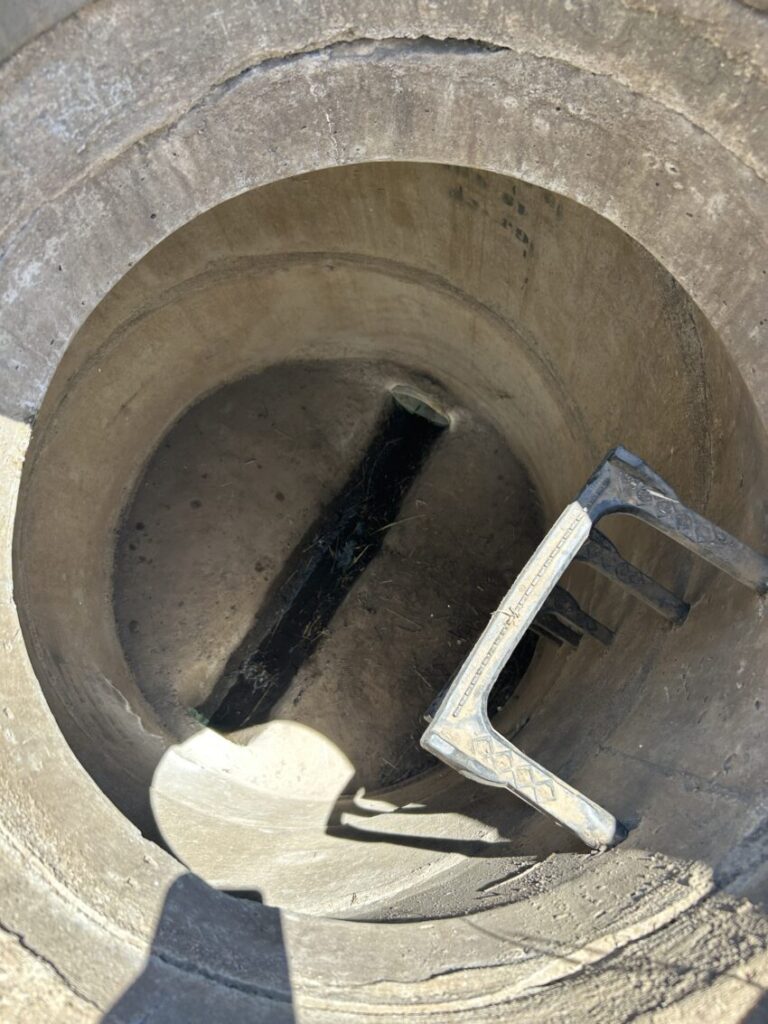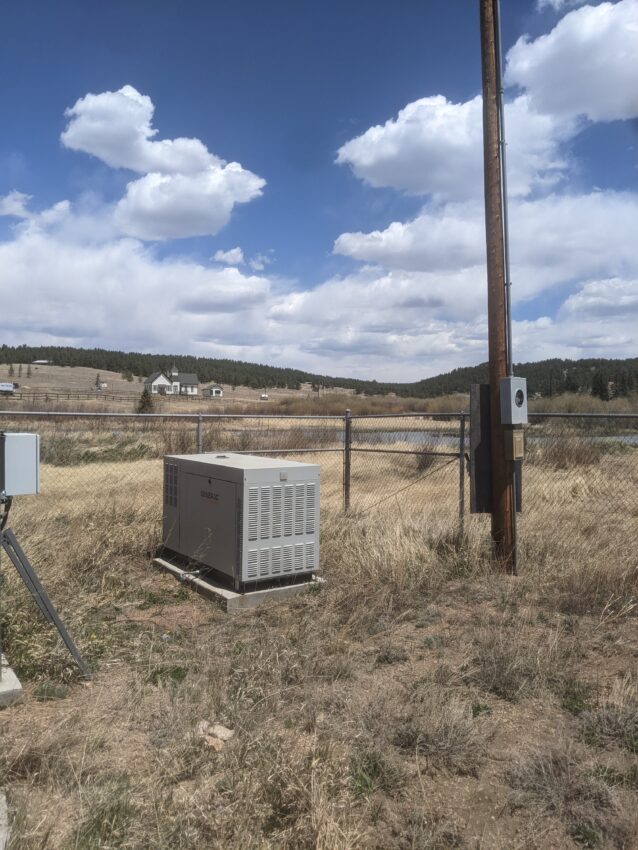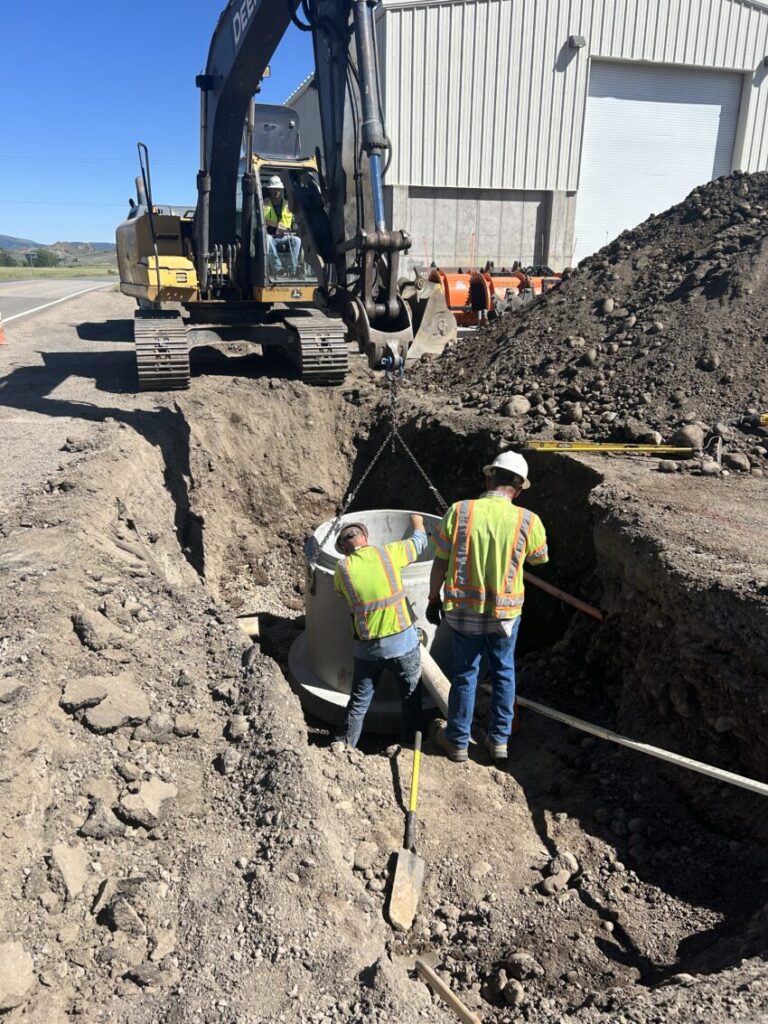Understanding Your Community’s Wastewater Collection System
Every time you flush a toilet or drain your sink in Colorado, that water begins a journey through an intricate network of pipes beneath our streets. This network, called a wastewater collection system, quietly protects public health and keeps our communities clean. Let’s explore how these essential systems work and why they matter to you and your neighbors.
What Makes Up a Collection System?
A wastewater collection system is like the veins of your community, carrying used water from homes and businesses to treatment facilities. The system includes several key components working together:
Sewer Lines: These underground pipes range from 4-inch service lines connecting individual buildings to massive 48-inch interceptors running beneath major roads. In Colorado, these pipes navigate our unique terrain, sometimes requiring special engineering to handle elevation changes from the plains to the mountains.
Manholes: Those round metal covers you see on streets provide access points for maintenance crews. Each manhole connects multiple sewer lines and allows workers to inspect, clean, and repair the system without digging up entire streets.
Lift Stations: When gravity alone won’t move wastewater uphill, pump stations give it a boost. These facilities are especially common throughout Colorado’s varied topography, where natural slopes don’t always cooperate with where we need sewage to flow.
Common Collection System Challenges
Colorado communities face unique collection system issues that require local expertise:
Infiltration and Inflow (I&I): During spring snowmelt or summer storms, clean water can seep into sewer pipes through cracks or improper connections. This extra water overloads the system and treatment plants, potentially causing backups or overflows. One Colorado town recently discovered that 40% of their treatment plant flow was clean groundwater – meaning they were treating water that never needed treatment.
Root Intrusion: Tree roots naturally seek water and nutrients, making sewer lines attractive targets. Once inside, roots create blockages and can crack pipes, leading to expensive repairs. Cottonwoods and willows along Colorado’s waterways are particularly aggressive root invaders.
Freeze-Thaw Cycles: Colorado’s temperature swings cause pipes and surrounding soil to expand and contract repeatedly. This movement creates cracks, joint separations, and pipe failures over time. Communities from Fort Collins to Durango deal with this challenge annually.
High Altitude Considerations: Mountain communities deal with rocky soil conditions that make pipe installation challenging and expensive. Many sites require extensive geotechnical investigations to reduce the costs of rock excavation. Steep slopes also increase flow velocities, causing more wear on pipe materials. Some mountain towns see pipe lifespans cut in half due to these harsh conditions.
Why Collection Systems Matter
A well-maintained collection system protects more than just convenience. It safeguards public health by preventing raw sewage from contaminating drinking water sources or backing up into homes. It also protects Colorado’s pristine rivers and streams from pollution that would harm wildlife and recreation.
When collection systems fail, the consequences ripple through communities. Property damage from backups, environmental cleanup costs, and emergency repairs can strain municipal budgets. One Front Range community faced $2 million in emergency repairs after ignoring collection system maintenance for years.
Modern Solutions for Colorado Communities
Today’s engineers use advanced tools to keep collection systems running smoothly:
Video Inspection: Small cameras travel through pipes, identifying problems before they cause failures. This technology helps communities prioritize repairs and avoid emergency situations. Modern inspection can pinpoint problems within inches, saving thousands in unnecessary excavation.
Trenchless Repair: New methods allow crews to fix or replace pipes without digging up entire streets. Pipe bursting and cured-in-place pipe (CIPP) technologies save money and minimize disruption to residents and businesses.
Flow Monitoring: Strategic sensors track wastewater levels and identify problem areas during wet weather. This data helps utilities target I&I reduction efforts where they matter most, often reducing treatment costs by 20-30%.
Asset Management Programs: Communities now use software to track pipe age, material, and condition. Smart planning replaces pipes before failures occur rather than reacting to emergencies.
Your Role in System Health
Residents play a crucial part in keeping collection systems working properly. Never flush wipes (even “flushable” ones), grease, or non-biodegradable items. These materials cause clogs that lead to backups and expensive repairs. Report any sewage odors or visible problems to your utility immediately.
Planning for Tomorrow’s Challenges
Colorado’s growth means collection systems must expand and adapt. Engineers design new systems to handle future development while upgrading aging infrastructure. Climate change brings new challenges with intense storms and extended droughts affecting system performance.
Whether managing existing systems or planning new ones, Colorado communities need experienced engineers who understand our unique challenges. From I&I studies that save treatment costs to master plans that guide smart growth, professional engineering makes the difference between reactive repairs and proactive management.
—————————————————————————
Ready to improve your community’s wastewater collection system? Modern Engineering Solutions specializes in collection system design, I&I studies, and infrastructure planning for Colorado communities. Contact our team to discuss how we can help protect your community’s health and environment while managing costs effectively.




